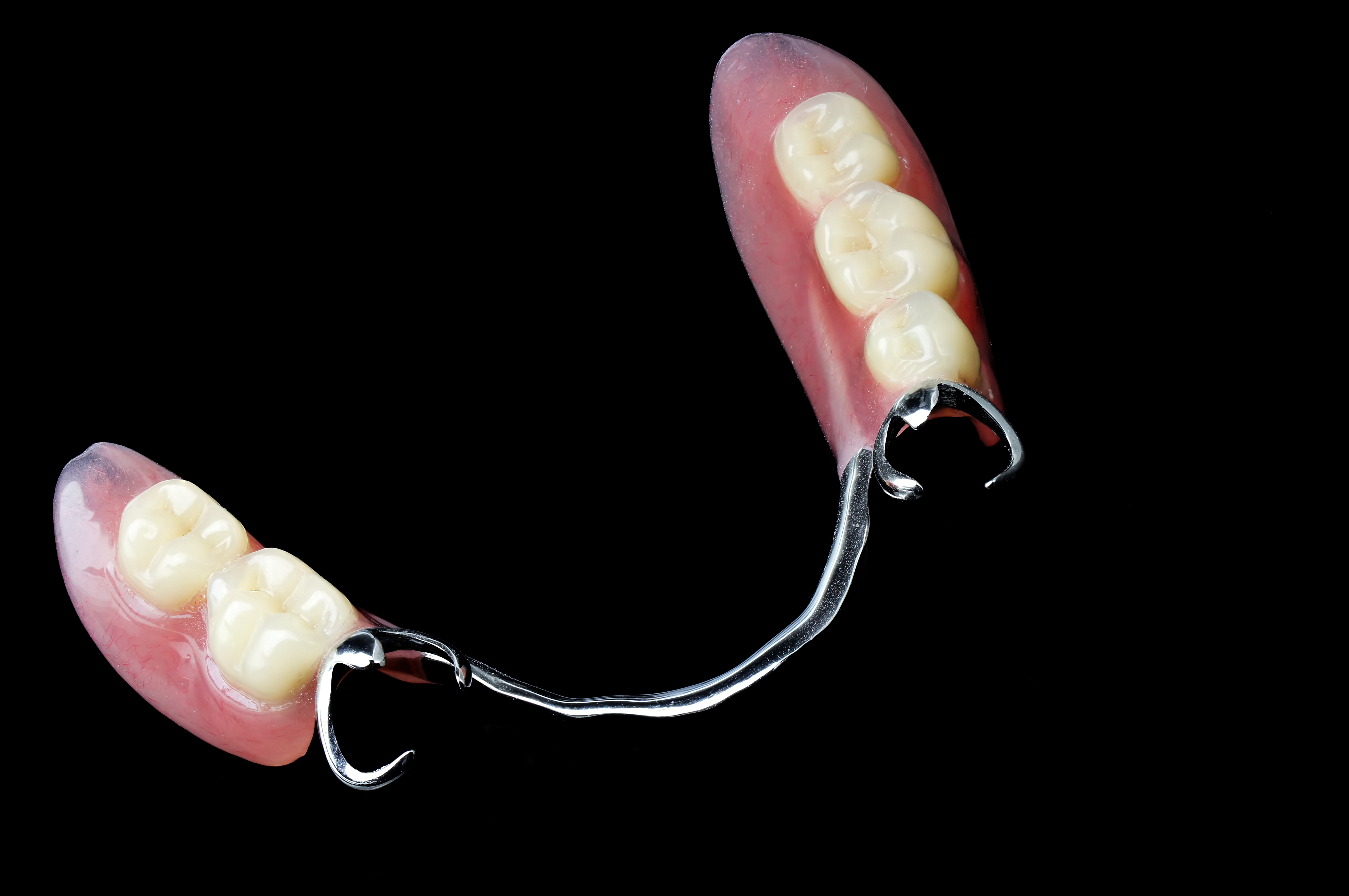Partial Dentures Dentist

When it comes to addressing tooth loss, partial dentures are a viable option for many individuals. These custom-made dental appliances are designed to replace missing teeth, restoring both the form and function of a patient’s smile. A partial dentures dentist specializes in the creation, implementation, and adjustment of these prosthetic devices, ensuring that they fit comfortably and function seamlessly within the mouth.
Understanding Partial Dentures
Partial dentures are not a one-size-fits-all solution. They are tailored to meet the specific needs of each patient, taking into account the number and location of missing teeth, the health of the remaining teeth, and the overall condition of the gums and jawbone. These dentures can be made from a variety of materials, including acrylic, metal, and ceramic, each offering its own set of advantages in terms of durability, aesthetics, and cost.
Types of Partial Dentures
There are several types of partial dentures, each suited to different dental scenarios:
- Removable Partial Dentures (RPDs): These are the most common type and can be taken out and put back in by the patient. They are held in place by clasps that attach to the surrounding teeth.
- Fixed Partial Dentures: Also known as dental bridges, these are cemented into place and cannot be removed by the patient. They are typically used when the missing teeth are in a row.
- Implant-Supported Partial Dentures: These are attached to dental implants rather than being supported by the surrounding teeth. They offer greater stability and can be either fixed or removable.
- Flexible Partial Dentures: Made from flexible materials like nylon, these offer a more comfortable fit and are less likely to cause irritation to the gums.
The Role of a Partial Dentures Dentist
A partial dentures dentist plays a crucial role in the entire process, from the initial consultation to the final fitting and beyond. Their responsibilities include:
- Assessment: Evaluating the patient’s dental health and determining the best course of action.
- Design and Fabrication: Working with dental technicians to design and create the partial dentures.
- Fitting and Adjustment: Ensuring the dentures fit properly and making any necessary adjustments.
- Follow-Up Care: Providing guidance on how to care for the dentures and scheduling follow-up appointments to check on the patient’s progress.
Benefits of Partial Dentures
Partial dentures offer numerous benefits to patients dealing with tooth loss. Some of the most significant advantages include:
- Restored Appearance: Partial dentures can greatly improve the aesthetic appearance of a smile, boosting confidence.
- Improved Functionality: They enable patients to eat, speak, and engage in social activities without the embarrassment or discomfort of missing teeth.
- Distribution offorces: By filling in gaps, partial dentures help distribute the forces of chewing more evenly, reducing the risk of excessive wear on remaining teeth.
- Prevention of Shifting: They prevent the shifting of remaining teeth into the gaps left by missing teeth, which can lead to bite problems and increased risk of tooth decay and gum disease.
Challenges and Considerations
While partial dentures are a valuable solution for many, there are challenges and considerations to keep in mind. Patients must learn to adjust to wearing dentures, which can take time. There may be an initial period of discomfort, and some patients experience difficulty speaking or eating certain foods. Regular cleaning and maintenance are essential to prevent complications such as denture stomatitis or the accumulation of plaque and tartar under the denture.
Conclusion
Partial dentures, when designed and fitted by a skilled dentist, can significantly improve the quality of life for individuals with missing teeth. By understanding the types, benefits, and challenges associated with partial dentures, patients can make informed decisions about their dental care. Consulting with a partial dentures dentist is the first step towards regaining a healthy, confident smile.
FAQ Section
How long does it take to get used to wearing partial dentures?
+It can take several weeks to get accustomed to wearing partial dentures. The adjustment period varies from person to person, but with practice and patience, most patients find they can eat, speak, and smile with confidence.
Can I eat any food I want with partial dentures?
+While partial dentures restore much of your eating ability, there are certain foods that may be challenging or best avoided, such as very hard, sticky, or chewy foods. Your dentist can provide personalized dietary advice based on your specific denture type and condition.
How do I clean and maintain my partial dentures?
+Cleaning and maintaining your partial dentures is crucial for comfort, hygiene, and longevity. This typically involves rinsing them after meals, soaking them overnight in a denture cleaner, and brushings them gently with a soft-bristled toothbrush. Regular dental check-ups are also important to ensure your dentures continue to fit well and function properly.
Can partial dentures be repaired if they break?
+Yes, in many cases, partial dentures can be repaired if they break. The type of repair needed depends on the extent of the damage. Simple cracks might be fixed with adhesives, while more significant breaks may require your dentist to send the denture to a dental lab for repair. In some instances, the denture may need to be remade.
By choosing the right partial dentures and following the guidance of a skilled dentist, individuals can overcome the challenges of tooth loss and enjoy a fuller, healthier life.
